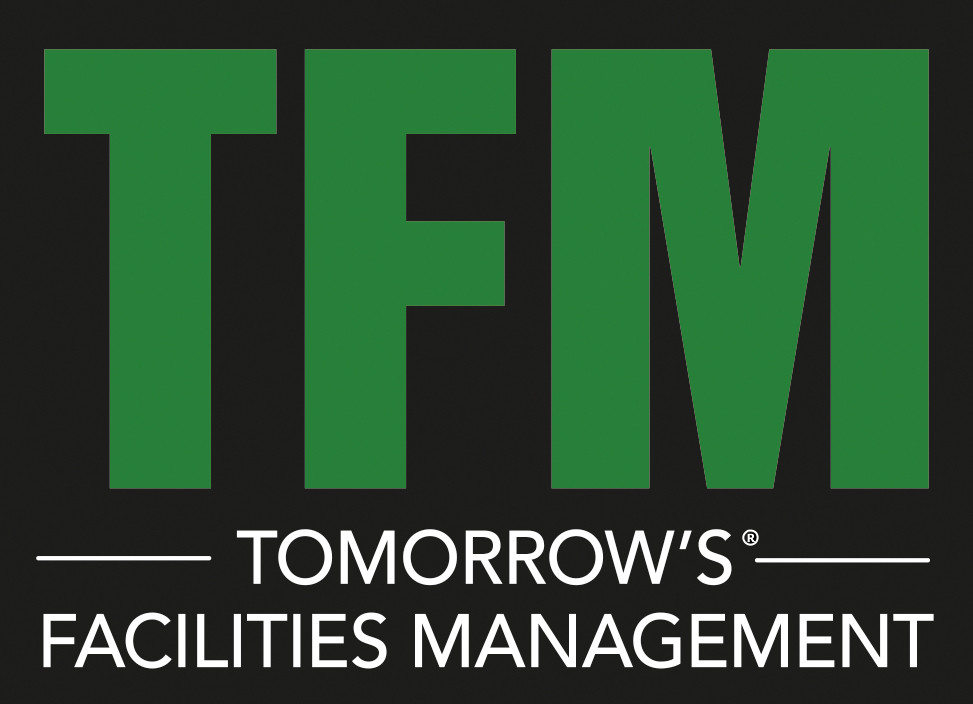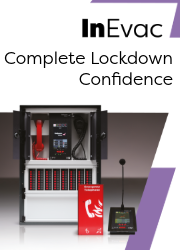Dominic Norton, Sales Director at Spitfire Network Services Ltd, discusses the importance of ensuring businesses are backed up with service level agreements for fibre internet services.
Many organisations who have bought business fibre internet services may find they are not backed up with the service level agreements (SLAs) they had hoped for. When it comes to increasingly popular fibre broadband and ethernet, companies have to be aware of differences in reliability, differences in performance and differences in speed, explains
Method of delivery
Much of this depends on the method of delivery to the premises, with these three types of fibre internet connectivity coming into play:
1) FTTC (Fibre to the Cabinet). Sold as ‘fibre broadband’. Delivered to the local cabinet in the street as fibre, then onwards to the customer's premises over a slower copper network connection.
2) FTTP (Fibre to the Premises). Also sold as ‘fibre broadband’ or ‘full fibre’. Most FTTP in the UK is delivered over GPON (Gigabit Passive Optical Network) technology. This is a shared access fibre network that can slow in response to the number of other organisations that are using it at the same time.
3) Dedicated Fibre, also known as Fibre Ethernet = dedicated fibre to the premises for the sole use of that customer. This is the most reliable fibre connection that an organisation can deploy today.
SLA importance
Therefore, SLAs are important, as companies must know, in writing, what they are getting for their money. SLAs must confirm the actual circuit performance that customers should expect, and explain what maintenance support, repair times and compensation organisations will receive if the service is not performing as expected.
We recently completed our ‘SLAs Matter’ survey of 401 UK-based SMBs (small- to medium-sized businesses) and found that only 56% of them knew what their SLAs were in relation to their internet connection performance.
In addition, just one in four (25%) of SMBs knew if their current connection has any contractual SLAs.
Further, 60% of the SMBs had no idea that there are two types of SLA - service SLAs and performance SLAs. Less than half (46%) knew if their current connection comes with a performance SLA.
The vast majority of respondents (79%) believed that knowing the SLAs for their internet connections would “help them when choosing the right product” for their organisations.
UK SMBs say they are also now looking for more transparency from internet providers, with 80% wanting SLAs to be “clearly visible” for all internet connections.
High performance fibre
High performing fibre connections come with comprehensive SLAs addressing all the needs of your business, whether that's guaranteed speeds to support bandwidth hungry applications or lower latency (and jitter) for time sensitive voice or video conferencing, no data packet losses on the network, flexible contracts, scalable line upgrades in response to business growth, speedy fixes if things go wrong and no fuss service credits when they do.
With clear and fair SLAs - both Service and Performance - business owners can make a more informed choice around their connectivity and receive what they are actually paying for.
Dedicated fibre/fibre Ethernet may well provide guarantees. However, even with this type of service, one provider may be able to offer better guarantees than another, depending on the quality and design of their network.
Note that some providers may also quote averages which are ok for streaming applications such as BT Vision, but not for voice for which a maximum should always be quoted.
There is a myriad of choices for internet connectivity these days. Different speeds, access technologies and service providers. All promising to be the best, with all the usual marketing and hype that comes from competing in such a congested market. SLAs are key in helping businesses to understand what they are buying and then make the right decision.




































